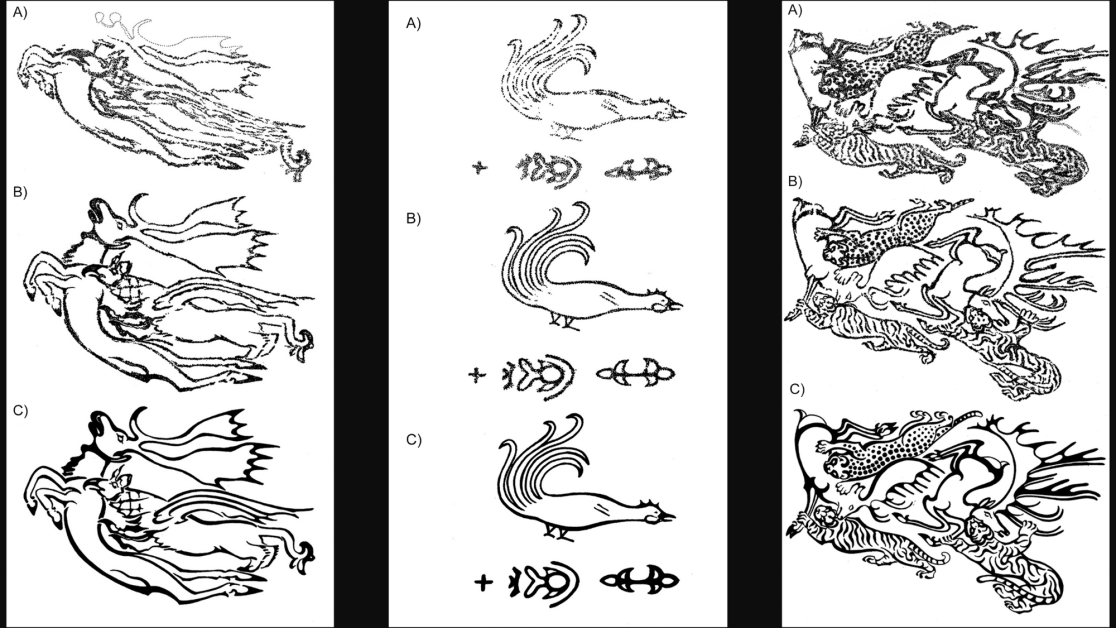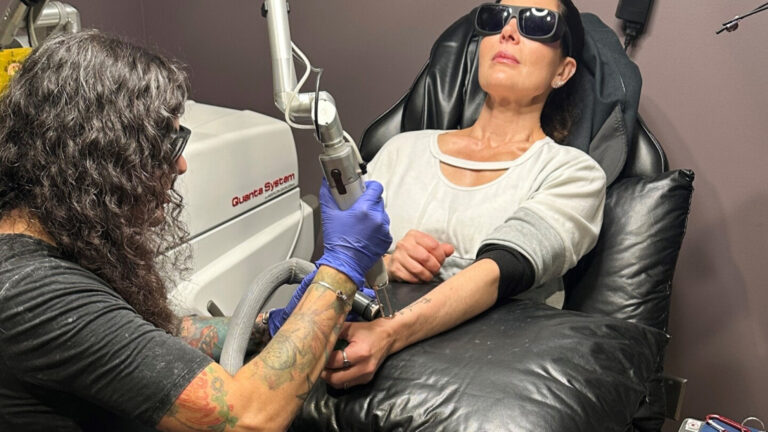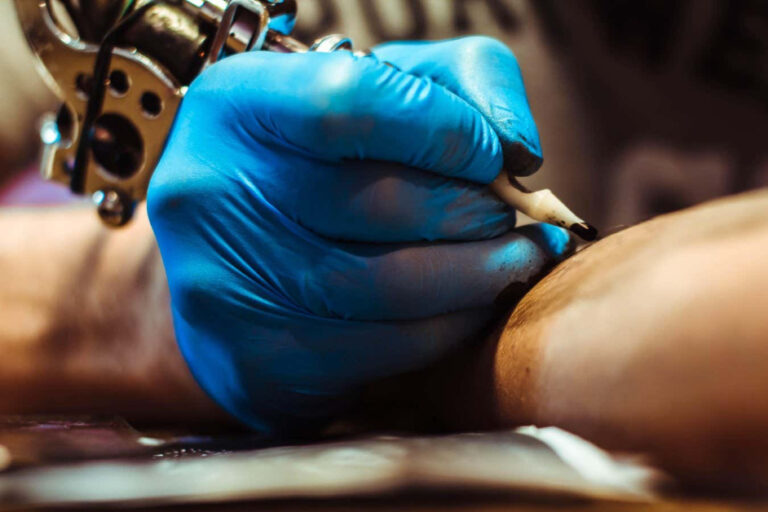
Get the Popular Science daily newsletter💡
Breakthroughs, discoveries, and DIY tips sent every weekday.
Tattooing is anything but new and has been practiced by cultures all over the world for thousands of years. While some ancient texts and tools have survived to the present day, the medium—that is to say, skin—usually does not. However, in rare instances, well-preserved or mummified bodies still display traces of tattoos. There are few better examples of this than the famous “ice mummies” of Siberia. And after using a novel imaging approach in consultation with professional tattoo artists, researchers at the University of Bern and the Max Planck Institute of Geoanthropology have accurately reconstructed multiple designs inked onto the skin of an Iron Age herder from Siberia. The study and images were published July 31 in the journal Antiquity.

Who were the Pazyryk people?
The Pazyryk people were an Iron Age culture that existed over 2,000 years ago where the modern nations of China, Kazakhstan, Mongolia, and Russia converge in the Altai Mountains. In addition to living pastoral lives, the Pazyryk customarily interred their dead in deep, permafrost-encased burial chambers. The frozen conditions kept some of the bodies well preserved for millennia, until their eventual discovery by archaeologists around the turn of the 20th century. Multiple teams have since excavated bodies from these tombs, often noting the faint presence of tattooed designs on their mummified skin. Given the level of desiccation, however, it’s been difficult to confidently assess what these tattoos originally looked like.
“Prior scholarship focused primarily on the stylistic and symbolic dimensions of these tattoos, with data derived largely from hand-drawn reconstructions,” Gino Caspari, a University of Bern geoanthropologist and study co-author, said in a statement. “These interpretations lacked clarity regarding the techniques and tools used and did not focus much on the individuals but rather the overarching social context.”

Unfurling ancient tattoos
In one of the first studies of its kind, Caspari and colleagues examined a previously recovered Pazyryk mummy’s skin using a new form of 3D, sub-millimeter resolution, digital near-infrared photography. They then worked to straighten out the ink line deformations caused by skin folding, while also consulting with professional tattoo artists to examine the designs in detail. From there, both the researchers and artists were able to confidently reconstruct the tattoos as they most likely appeared when first created.
Interestingly, the study’s authors noted that the mummy’s right forearm tattoos were more technically proficient and detailed than those on the left. According to the team, this implies that either different Pazyryk tattoo artists did the work or it was done by at least a single artist at different stages of proficiency.
“This made me feel like we were much closer to seeing the people behind the art, how they worked and learned and made mistakes,” said Caspari. “The images came alive.”
Caspari added that their team’s approach could offer a new way to study prehistoric body modification traditions, as well as how these societies viewed personal agency.
“Tattooing emerges not merely as symbolic decoration but as a specialized craft,” Caspari explained. “One that demanded technical skill, aesthetic sensitivity, and formal training or apprenticeship.”

More deals, reviews, and buying guides
The PopSci team has tested hundreds of products and spent thousands of hours trying to find the best gear and gadgets you can buy.



